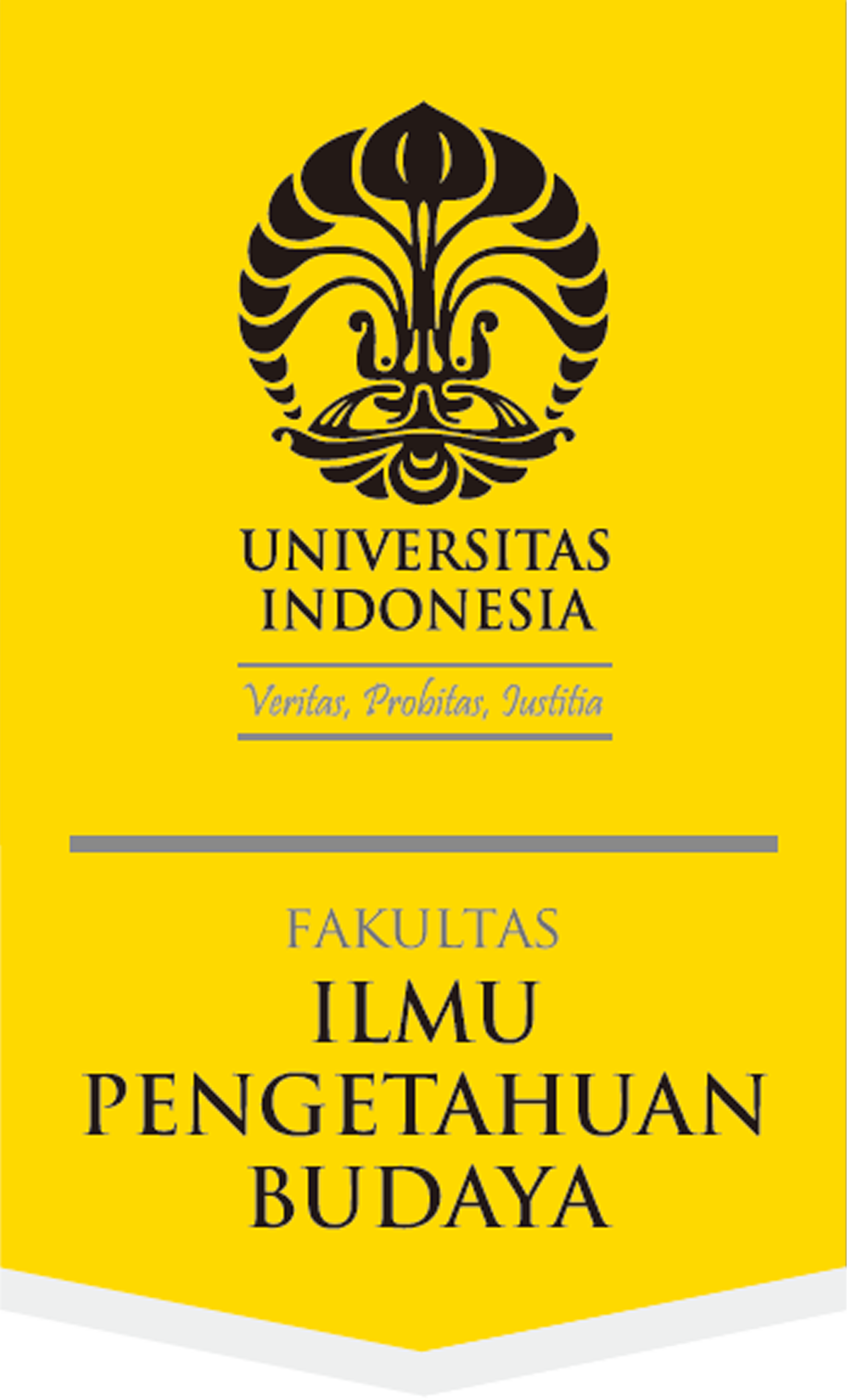Abstract
Much of the storytelling in Java is the profession of the puppeteers (dalang; also spelled dhalang) who perform and direct shadow theatre plays (wayang). They improvise their stories in the context which their performance requires. Unless commissioned to do so by a patron, it is very unusual for a dalang to sit down and actually write out a story (lakon). In the early decades of the twentieth century in the area of Yogyakarta, a kind of storytelling mini-industry arose at the instigation of some western scholarly patrons and laymen interested in Javanese popular culture. One such patron was Ir. J.L. Moens. He encouraged dalangs to write down folk tales and, as they were dalangs, they clothed these in the wayang idiom. After Moens' death in 1954, his unpublished collection of wayang stories was dispersed. In 1964 one part found its way into the Leiden University Library. The topics discussed are: how the Collectie Moens originated and what its purpose was; who its authors were; which tradition they acknowledged; and the relationship between the Collectie Moens and the court collections of Surakarta and Yogyakarta.
References
Manuscripts
Leiden Or. 10.900/211. Dewi Rěkathawati lahirkan tigan.
Leiden Or. 10.900/212. Lahiripun Tejamaya, Ismaya miwah Mankmaya utawi Pecahipun tigan.
Leiden Or. 10.900/213. Dumadosipun kayangan Junggring Slaka utawi Babad Wana Tengguru.
Leiden Or. 10.900/214. Lahiripun Tejamurti.
Leiden Or. 10.891/83. Babad Wana Bojang Rawe.
Moens, Ir. J.L. Nd. “Ringgit en wajang”. [Leiden Or. 10.973, Library of Leiden University.]
Reksa Pustaka M52/2. Correspondence between Dr.57 J.L. Moens and K.G.P.A.A. Mangkoenagara VII, Surakarta.
Publications
Albada, Rob van and Th. Pigeaud. 2007. Javaans-Nederlands woordenboek. Leiden: KITLV Uitgeverij.
Behrend, Tim E. 1993. “Manuscript production in nineteenth-century Java; Codicology and the writing of Javanese literary history”, Journal of the Royal Institute of Linguistics and Anthropology 149/4: 407-437.
Brakel-Papenhuyzen, Clara. 1992. “Of sastra, pènget and pratélan; The development of Javanese dance notation”, Bijdragen tot de Taal-, Land- en Volkenkunde 148/1: 3-21.
Clara van Groenendael, Victoria M. 1985. The dalang behind the wayang; The role of the Surakarta and the Yogyakarta dalang in Indonesian-Javanese society. Dordrecht: Foris. [Verhandelingen van het Koninklijk Instituut voor Taal,- Land- en Volkenkenkunde 114.]
Clara van Groenendael, Victoria M. 1987a. Dalang dibalik wayang. Jakarta: Pustaka Utama Grafiti.
Clara van Groenendael, Victoria M. 1987b. Wayang theatre in Indonesia; An annotated bibliography. Dordrecht: Foris. [Bibliographical Series 16.]
Clara van Groenendael, Victoria M. (translator and with an introduction). 1998. Released from Kala’s grip; A wayang exorcism performance from East Java; Performed by Ki Sarib Purwacarita. Jakarta: Lontar foundation. [Original title: Ruwat murwakala.]
Deventer, C.TH. van. 1916. “1. Een eereschuld, 1899”, “2. Een eereschuld in het parlement, februari 1900”, in: H.T. Colenbrander and J.E. Stokvis, Leven en arbeid van Mr. C.Th. van Deventer. II: Van Deventer’s voornaamste stukken, pp. 1-47, pp. 48-65. Amsterdam: Kampen. [“Een eereschuld 1899” published earlier in De Gids no. 83/III (1899).]
Drewes, G.W.J. 1992. “Wat valt er te verstaan onder het Javaanse woord Suluk?”, Bijdragen tot de Taal-, Land- en Volkenkunde 148/1: 22-30.
Duijker, Marijke. 2010. The worship of Bhīma; The presentations of Bhīma on Java during the Majapahit period. PhD thesis, Leiden University. 2 vols. [Amstelveen: Eon Pers.]
Jedamski, Doris A. 1992. “Balai Pustaka; A colonial wolf in sheep’s clothing”, Archipel 44/1: 23-46.
Kant-Achilles, Mally, Friedrich Seltmann, and Rüdiger Schumacher. 1990. Wayang beber; Das wiederentdeckte Bildrollen-Drama Zentral-Javas. Stuttgart: Franz Steiner Verlag.
Kats, J. 1923. Het Javaansche tooneel. I: Wajang Poerwa. Weltevreden: Commissie voor de Volkslectuur.
Kusumadilaga, Kangjeng Pangéran Ariya. 1930. Sěrat Pakěm Sastra Miruda. I: Ugěring padhalangan ingkang sampun mupakat kangge abdidalem dhalang ing karaton Surakarta Adiningrat. Solo: De Bliksem.
Mangkoenagara, K.G.P.A.A. 1933. “Over de wajang koelit (poerwa) in het algemeen en over de daarin voorkomende symbolische en mystieke elementen”, Djawa 13: 79-97.
Mulyono, Ir. Sri. 1975. Wayang asal, usul, filsafat, dan masa depannya. Jakarta: Alda.
Pigeaud, Th. 1938. Javaanse volksvertoningen; Bijdrage tot de beschrijving van land en volk. Batavia: Volkslectuur.
Pigeaud, Th. 1967-80. Literature of Java; Catalogue raisonné of Javanese manuscripts in the Library of the University of Leiden and other public collections in the Netherlands. Four volumes:
1967 I: Synopsis of Javanese Literature 900-1900 AD.
1968 II: Descriptive lists of Javanese manuscripts.
1970 III: Illustrations and facsimiles of manuscripts, maps, addenda and a general index of names and subjecs.
1980 IV: Supplement.
The Hague: Nijhoff.
Poensen, C. 1872. “De wajang”, Mededeelingen van wege het Nederlandsche Zendelinggenootschap; Bijdragen tot de Kennis der Zending en der Taal-, Landen Volkenkunde van Nederlandsch-Indië [MNZG] 16: 204-222.
Raffles, Sir Thomas Stamford. 1817. The history of Java. London: Black, Parburry and Allen. 2 vols.
Raharja, R. Bima Slamet. 2016. “Pakěm Grěntěng; Varian tradisi tulis Pakěm Pědhalangan gaya Yogyakarta”. [Retrieved from: http://www.academia. edu/13398532/PAKEM_GRENTENG_untuk_jurnal_plus_naskah_ publikasi, accessed on 15-1-2016.]
Ras, J.J. 1973. “The Panji romance and W.H. Rasers’ analysis of its theme”, Bijdragen tot de Taal-, Land- en Volkenkunde 129: 411-56.
Regeerings Almanak. 1924. Regeerings Almanak voor Nederlandsch-Indië. Deel 2: Kalender en personalia. Weltevreden: Landsdrukkerij.
Ricklefs, M.C. 1981. A history of modern Indonesia c. 1300 to the present. London: Macmillan. [Macmillan Asian History Series.]
Sears, Laurie Jo. 1996. Shadows of empire; Colonial discourse and Javanese tales. Durham NC: Duke University Press.
Soedarsono. 1986. Lampahan Mintarag. Buku I: Serat Kandha Ringgit Tiyang; Buku II: Serat Pocapan Ringgit Tiyang. Yogyakarta: Proyek Penelitian dan Pengkajian Kebudayaan Nusantara, Direktorat Jenderal Kebudayaan, Departemen Pendidikan dan Kebudayaan.
[Soetopo, R.]. 1921. “De behoefte aan intellectuele dalangs in verband met de ontwikkeling van het wajangspel”, Djawa; Driemaandelijks tijdschrift van het Java Instituut Vol. I: 203-204.
Stutterheim, W.F. 1956. “An ancient Javanese Bhīma cult”, in: F.D.K. Bosch (ed.), Studies on Indonesian archaeology, pp. 107-143. The Hague: Nijhoff.
Winter, C.F. 1843. “Javaansche mythologie”, Tijdschrift voor Nederlandsch-Indië (TNI) 5/1: 1-88.
Zoetmulder, P.J. 1974. Kalangwan; Survey of Old Javanese literature. The Hague: Nijhoff. [Koninklijk Instituut voor Taal-, Land- en Volkenkunde, Translation Series 16.]
Recommended Citation
van Groenendael, Victoria M. Clara
(2016)
"Moens'written transmission of dalang lore,"
Wacana, Journal of the Humanities of Indonesia: Vol. 17:
No.
3, Article 6.
DOI: 10.17510/wacana.v17i3.458
Available at:
https://scholarhub.ui.ac.id/wacana/vol17/iss3/6









